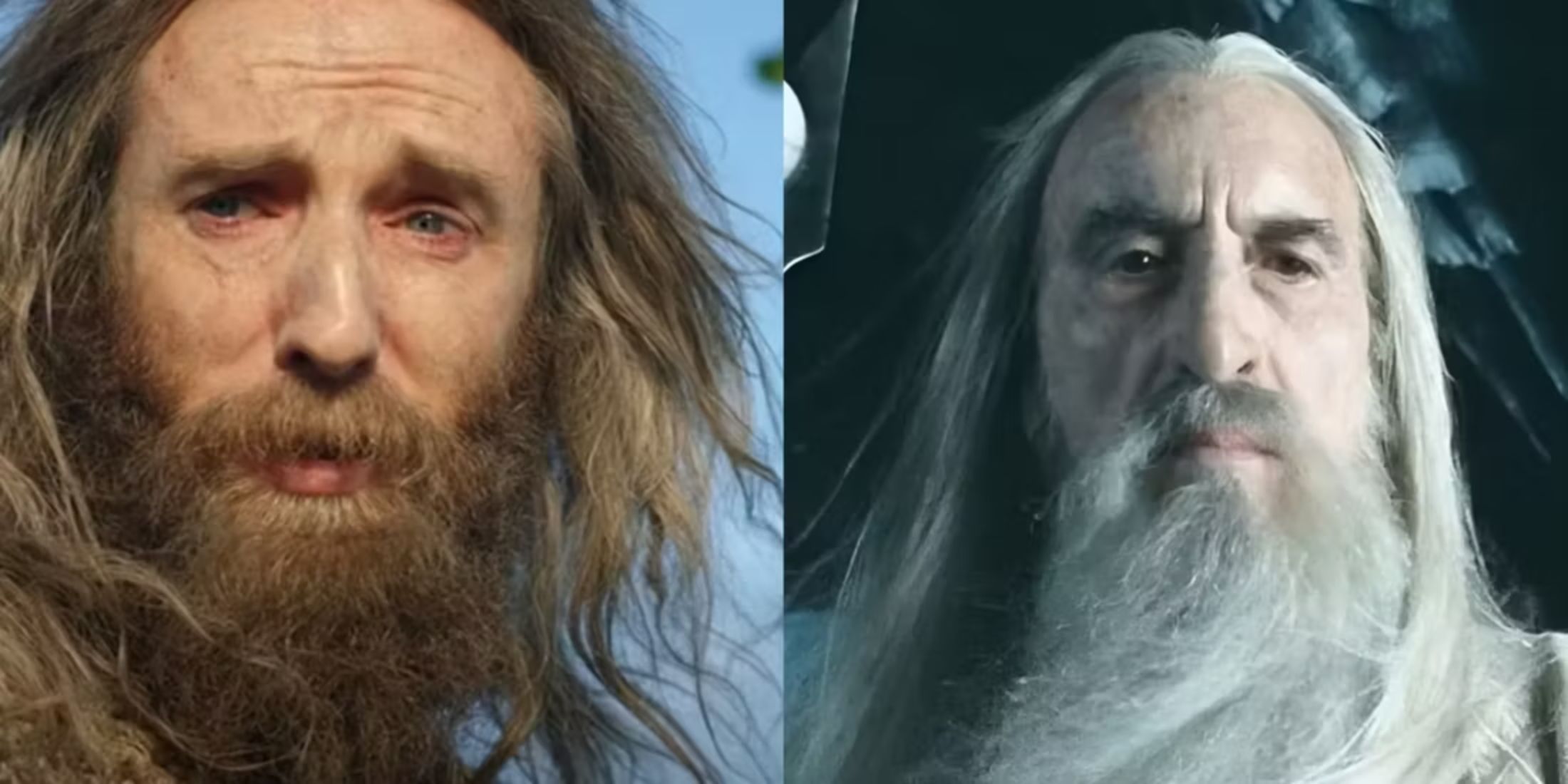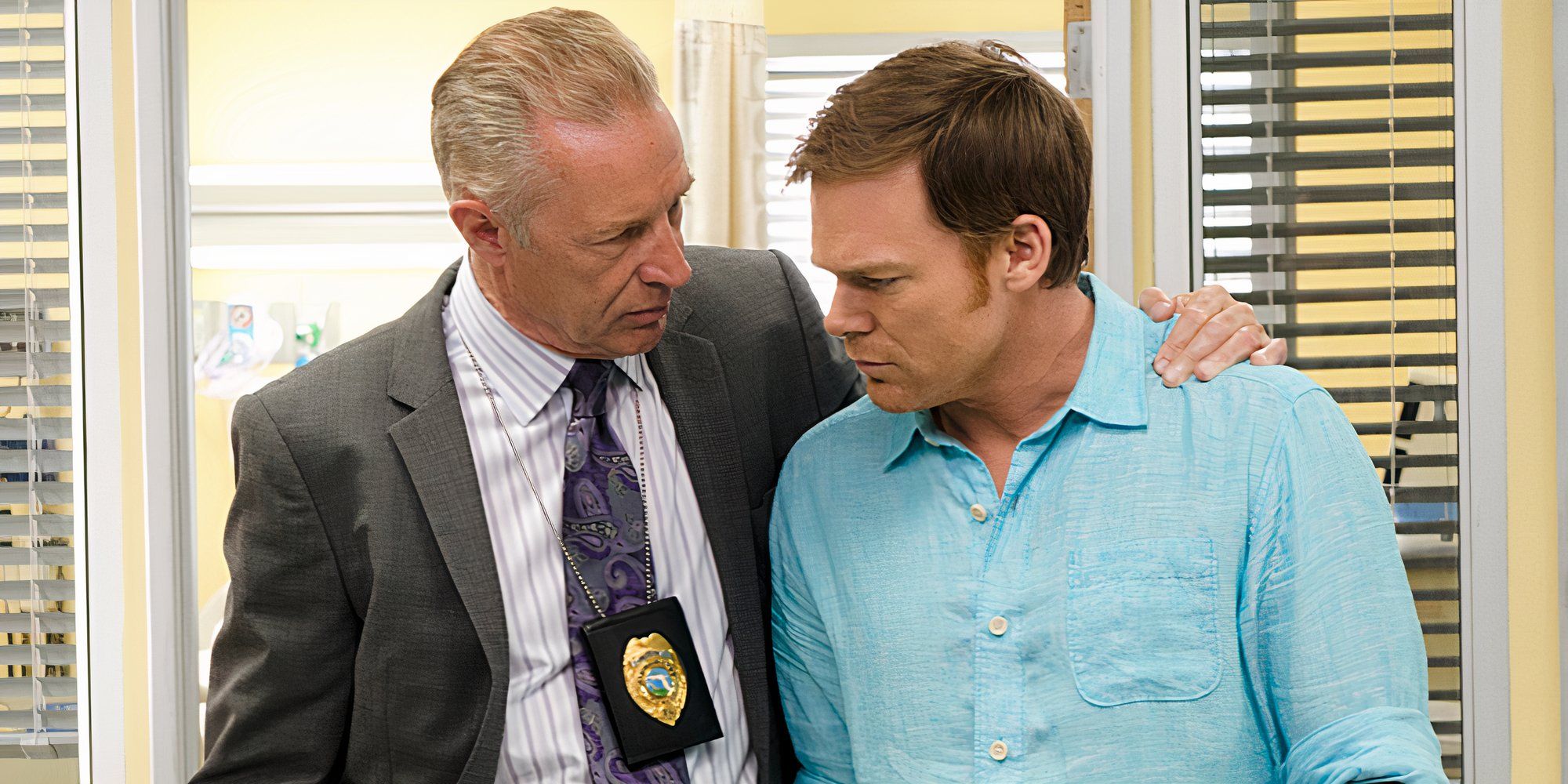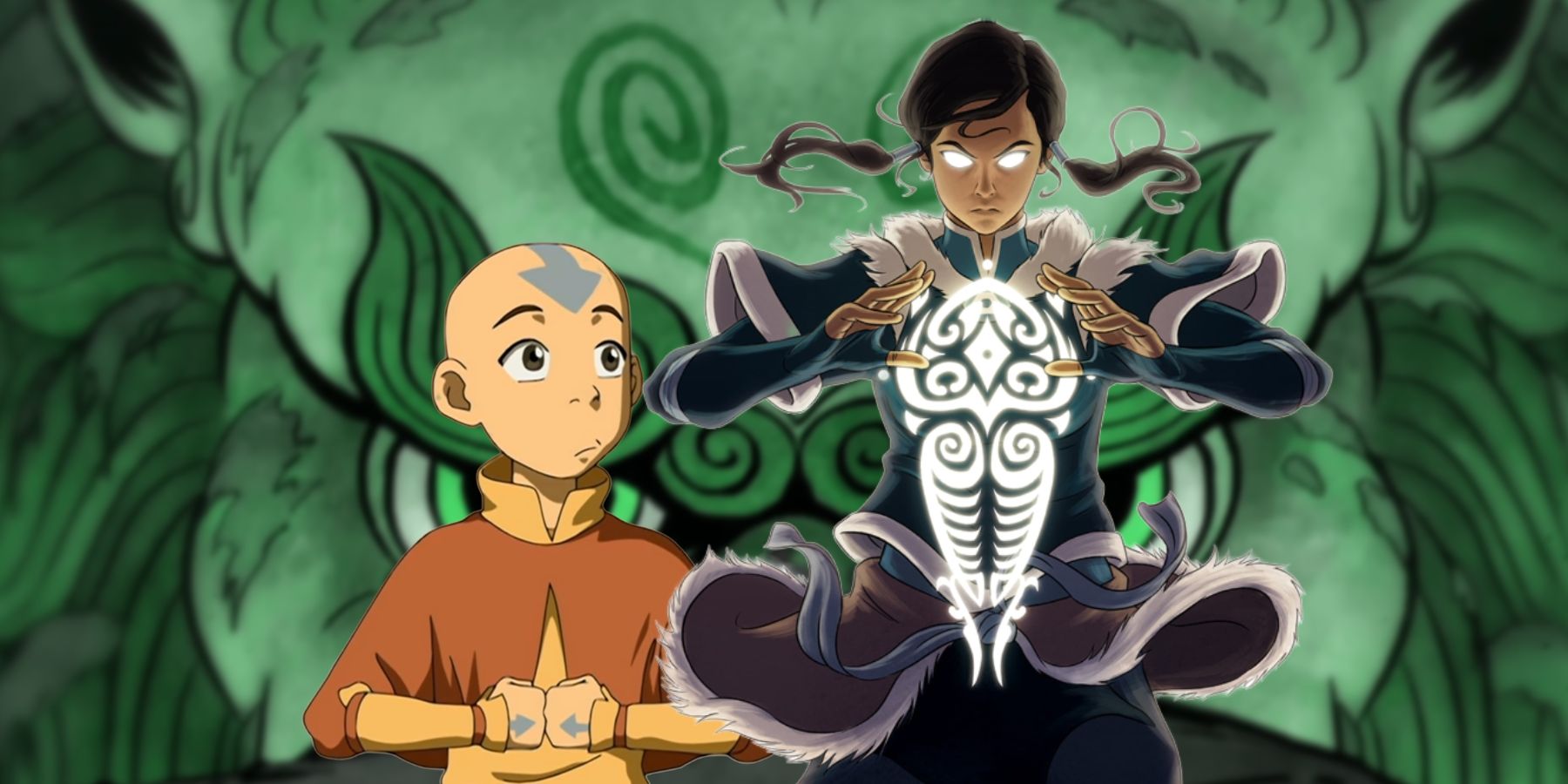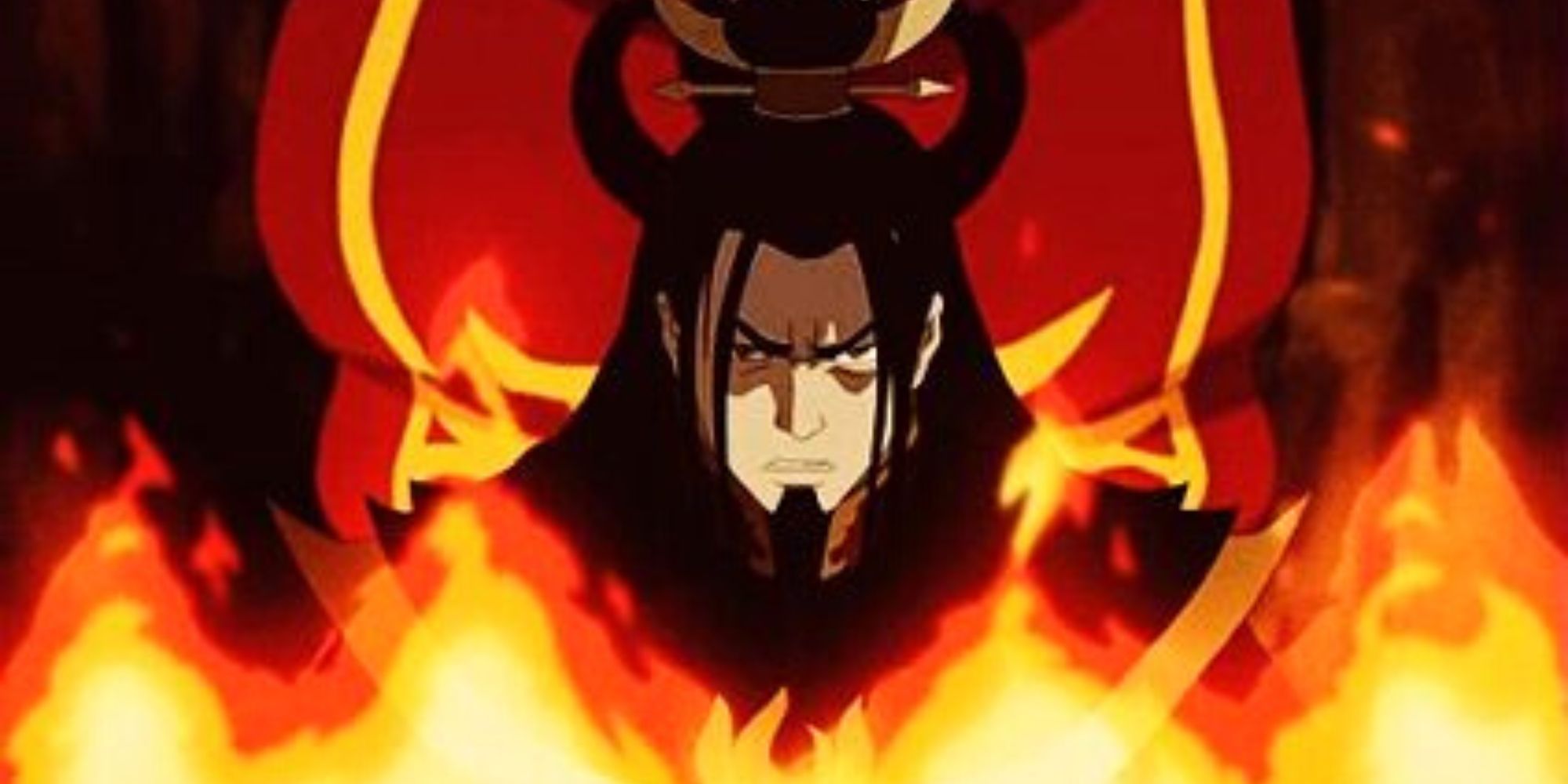Highlights
- The graphic novel Imbalance Omnibus explores the tension between benders and non-benders in Avatar: The Last Airbender, highlighting the threat benders pose to non-benders.
- The conflict between benders and non-benders arises from the industrialization of Cranefish Town, which leads to unemployment among skilled benders and greater discontent among non-benders.
- Avatar Aang's decision to address the bending violence and bridge the gap between the two groups through peaceful means reflects his belief in the power of progress and harmony, similar to Avatar Korra's decision in The Legend of Korra.
The threat benders pose to non-benders is ever present in Avatar: The Last Airbender. Avatar Aang is forced to address the issue in the graphic novel, Avatar: The Last Airbender--Imbalance Omnibus, part one of a trilogy of comics by Dark Horse. His decision may provide some insight as to whether Avatar Korra's decision in The Legend of Korra was the right choice.
The graphic novel features Team Avatar, minus Zuko, as they travel to Cranefish Town, on the outskirts of the Earth Kingdom, so Toph can meet with her father. There, they are dragged into bending violence in the streets. Lao Beifong clarifies his intentions to have Aang resolve the bending violence, as well as the conflict between benders and non-benders in the growing industrial city. After the bending violence destroyed the homes of non-benders, Aang offered to help rebuild the homes along with Toph using their earthbending. But the non-benders refused their offer due to the increasing discontent of benders in Avatar: The Last Airbender.
Why Benders Will Always Pose A Threat In Avatar The Last Airbender
This tension between the two groups resulted from the industrialization of the town and labor economic factors. This ultimately led to the technological advances which displaced skilled benders to becoming unemployed. Meanwhile, non-benders largely retained employment because their lack of bending skills warranted lesser pay. What was a simple cost-effective business decision unfortunately created a threatening unemployment concern. Some benders, then, searched for other means to make ends meet to support themselves and their families. They resorted to crime and robbing non-benders.
Most non-benders are defenseless against benders and voiced their concerns for their safety. Toph's father, Lao Beifong suggested to the business council that semi-governs the city to ban bending in public for the safety of non-benders. Naturally, benders on the council were in an uproar with the proposal, calling it basically an affront to their right to live as benders. Another bender, however, Liling offered the suggestion to create a police force starting with her guards who were benders. A reasonable suggestion but, Lao added that non-benders should also join. This could have been an amicable compromise until Liling was found out to be the leader of an underground bender supremacist group planning to take over the city and force non-benders to leave.
The incessant fighting and potential threat benders pose to non-benders always leads to anxiety among those who fear for their lives and safety. As "detective" Sokka deduced:
Bending is a skill that only some people have. And some people use that skill to oppress other people, especially non-benders.
Though he was referring to Fire Lord Ozai in particular, the comparison to Liling is not far off the mark. Mother of two daughters, one who could earthbend and another who's a non-bender, Liling was effectively another possible Fire Lord Ozai threat just on a smaller scale. Aang likens Cranefish Town's machines to the tanks and steamships the Fire Nation created and used to try to take over the world. "Everything was better when people at least tried to live in harmony with Nature. All these machines do is cause pollution and problems." He's not wrong, but he is shortsighted, only looking at the problem from the harm that's been caused. These technological advances have also had some benefits for people and society, as Sokka points out.
What Aang’s Decision Could Say About Korra's
Unsure of how to discipline Liling and resolve the issue, Toph suggest Aang take away her bending like he did with Ozai. It's an easy nonviolent solution, concluding that a non-bender cannot lead a bender supremacy group. Though, Katara, a voice of reason in the comic, warns just because it may be the easy choice doesn't mean it's the right choice. She tells Aang:
Taking away someone’s bending might seem nonviolent… [But] you’re destroying a part of someone. And that seems pretty violent to me.
That's also fair. Bending is not merely a power or skill, it's a part of many people's identities which they have built cultures around. In the end, Aang defeats Liling and decides against removing her bending. Liling's crime didn't yet fit the punishment that Ozai has to endure. Instead, he chose to bridge the gap to peace with words by cleaning the bender supremacy poison polluting Cranefish Town. Aang realizes, "It’s not her bending that was the problem, but her bigotry."
Avatar Aang chose to have faith in the people as Lady Tienhai did, that they could grow and progress without resorting to hatred and violence of each other. Still, the issue of bender supremacy is real and a dangerous threat to both peace and progress. Aang, therefore, decides to stay in Cranefish Town a while longer. Suki's help in the battle fostered the idea that the non-bender security guards could be a part of the new police force that she and the Kyoshi warriors will train to be chi-blockers to better enforce the law alongside benders. These are all rather practical solutions but Aang still feels as though he failed. Aang states early on upon seeing the new developments of the city, "Progress will crush you… that’s kind of what it feels like." However, The Legend of Korra illustrates that while progress takes more time than most deem desirable, that is not an indication that progress toward peace is not happening.
This issue was not resolved by the time of Korra's incarnation as Avatar. Cranefish Town became one of the most advanced cities, known as Republic City, and bending supremacy evolved into the Anti-bending Revolution. Korra's attempt to bridge the gap and help the world find peace was to leave open the portal to the Spirit World. It's still unclear whether this decision was successful in its attempt. The fact that non-benders will likely live in fear of benders cannot simply be addressed if they continue to feel vulnerable and defenseless. Learning to chi-block, energybend, or to develop technology to better defend themselves may only provide temporary peace of mind as benders' abilities continue to grow and become stronger. Thus, so too must any technology or techniques used to defend against benders. It essentially becomes a bending-arms race of sort. Considering this, it's possible that Korra's decision to leave the spirit portal open in Republic City could be a worthy path to lasting peace in Avatar: The Last Airbender. Korra's decision is what Aang would have wanted in hopes that people living in harmony with Nature and spirits would inspire them to live peacefully without fear of each other.
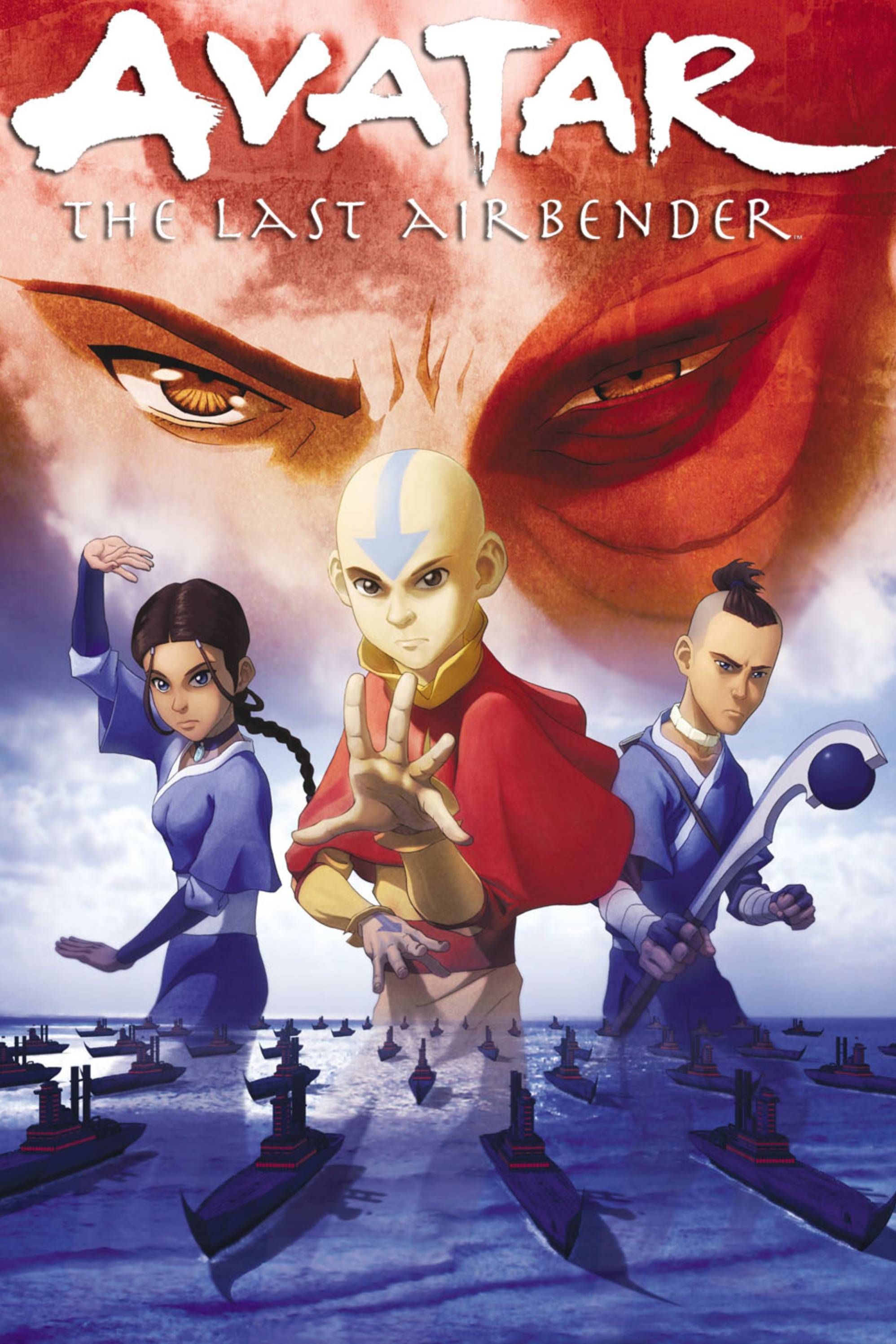
Avatar: The Last Airbender
- Release Date
- February 21, 2005
- Creator
- Michael Dante DiMartino
- Network
- Nickelodeon


